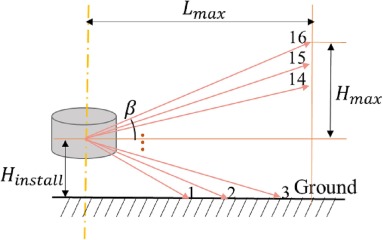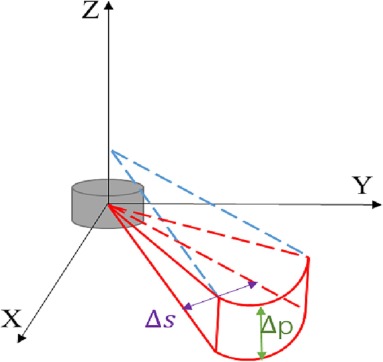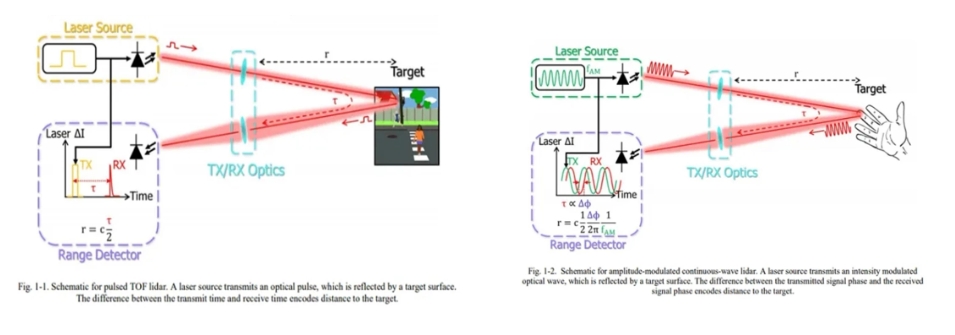Principles of LiDAR Interactive Projection

LiDAR interactive projection utilizes radar equipment to capture participants’ movements. These captured movements are then uploaded to a phase system for analysis. The analyzed data is combined with an interactive system to create interactive effects, allowing participants to engage with images on walls or other surfaces. LiDAR technology enables multi-point interaction on any display medium or surface, including walls, floors, tables, and even non-flat or water surfaces. This can be achieved through both contact and non-contact operations using technologies like phase conversion and laser ranging.
LiDAR Interactive Projection Diagram

Rear Projection Principle Diagram:

Tabletop Projection Principle Diagram:

Advantages of LiDAR Interactive Projection
- Independence from Display Systems: LiDAR touch systems can operate independently of any existing display systems, making them more flexible and adaptable than traditional multi-touch systems.
- Medium Independence: Using top-tier infrared capture technology, LiDAR touch creates an invisible multi-touch wall in the air, eliminating reliance on touch surfaces and providing a more natural and comfortable user experience.
- Touch Range: Available in models with different radii: 4M, 10M, 20M, and 30M.
- Multi-Touch Capability: Supports multi-touch and allows multiple users to interact simultaneously from different locations, making it ideal for large interactive projects.
- High Adaptability: Can define touch areas on irregular surfaces and is resistant to light interference, a capability that traditional touch screens lack.
- Compact and Easy to Install: Requires only a single 7X7X8CM sensor, making it adaptable to complex installation environments.
- Standardized Control Signals: Uses the industry-standard TUIO multi-touch communication protocol, allowing easy integration with mainstream software systems like COOLUX, VENTUZ, UNITY3D, and FLASH.
- Simple Configuration Software: The configuration interface allows users to quickly adjust touch area dimensions and align with display system coordinates.
Advantages of LiDAR Interactive Software
- Ethernet Transmission: Signal transmission without attenuation, with the radar capable of being placed within a 100-meter range of the main host, allowing for concealed installations.
- Built-in Interactive Software: Comes with a touch interaction program and a presentation program, enabling easy replacement of videos and images from the backend directory, reducing customer development costs.
- Large Size Multi-Point Precision Touch: Frameless design with strong light resistance and outdoor usability.
- Easy Installation and Debugging: Simple setup and installation, with a user-friendly interface that can be installed by beginners within an hour.
Installation Requirements for LiDAR Interactive Systems
- Projection Distance: The projector should be mounted on a ceiling bracket, ideally 2.8 meters above the ground or projection medium.
- Projection Environment: The imaging area should have a white or silver-white background, with no restrictions on the projection area size.
- Touch Surface: For optimal touch performance, the projection medium should be relatively regular and flat. For irregular surfaces, ensure no obstructions near the radar.
- Display Medium Inclination: The display medium can be tilted as long as it is on a horizontal plane without concave or convex surfaces.
- Power Supply: The LiDAR device should be equipped with a 12V, 2A power adapter. To prevent overheating from prolonged operation, it is recommended to power off the device after daily use.
Conclusion
LiDAR interactive projection systems offer a cutting-edge and versatile approach to creating engaging interactive experiences. Their independence from traditional display and touch systems, adaptability to various environments, and ease of installation and use make them an excellent choice for enhancing digital exhibition halls. These systems provide unique and captivating interactions that significantly enhance user experience and broaden the possibilities for creative displays.
CPJ Robot is dedicated to solving the challenges of autonomous movement in unfamiliar environments. We offer critical LiDAR and navigation positioning solutions for robotics. Embrace the future of interactive technology with our advanced LiDAR systems and transform your digital exhibition space today. Contact CPJ Robot to learn more about how our solutions can meet your needs.







